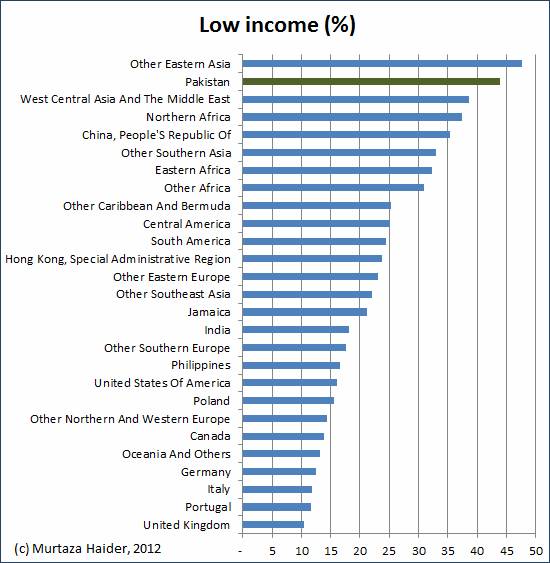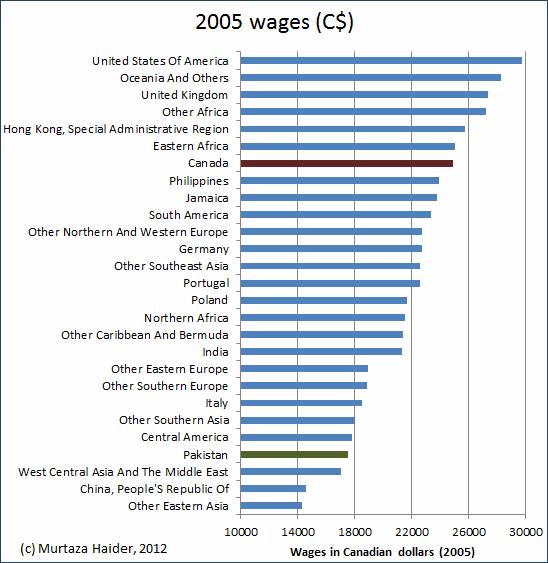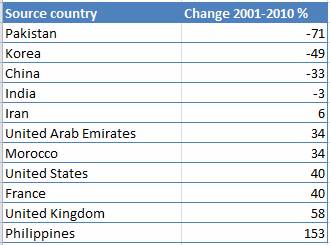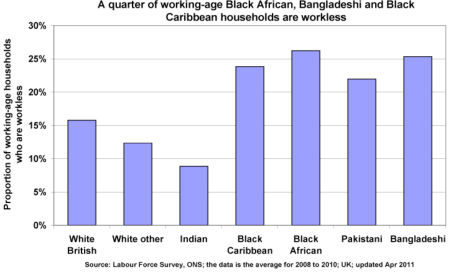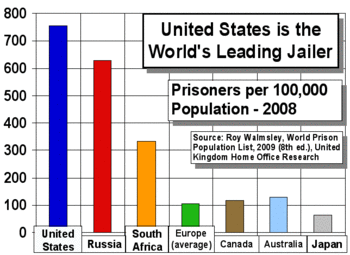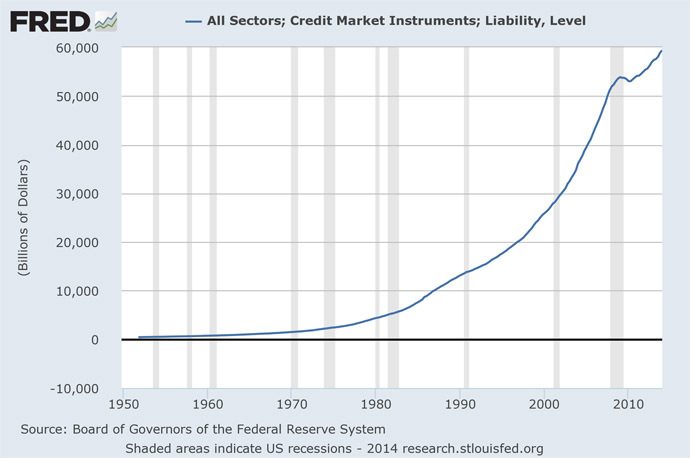How Immigration Has Impoverished Britain?
75% of Pakistani and Bangladeshi Children “Live in Poverty”
Claims that immigration is economically beneficial for Britain have been destroyed by news that three-quarters of Pakistani and Bangladeshi children in the UK are being brought up in families that are living on poverty-level income.:coffee:
The report, issued by Millennium Cohort Study, which is tracking children born between 2000 and 2002, has found that 73 per cent of the Pakistani and Bangladeshi seven-year olds were in families estimated to be living on less than 60 per cent of the average national household income.
Just over half of the black children (51 percent) in the Millennium cohort were in such low-income families, compared with one in four white (26 percent) and Indian (25percent) children, said an official press release.
“Predictably, low income was strongly linked to joblessness among parents, say researchers at the Institute of Education, University of London, who collected information from almost 14,000 families in England, Scotland, Wales and Northern Ireland in 2008/9.”
According to the report,
among fathers, Pakistanis and Bangladeshis had the highest unemployment rate (15 percent) – well above the UK average of 6 per cent. Unemployment among black fathers was also high (11 percent) but Indians were less likely to be unemployed (4 percent) than whites (5.5 percent).
Almost
two-thirds (64 percent) of white and Indian mothers had jobs :tup:, compared with half (52 percent) of black mothers and only 17 per cent of Pakistani and Bangladeshi mothers.
A much higher proportion of children in lone-parent families (63 percent) were living below the study’s poverty line than those with married (16percent) or cohabiting (30 percent) parents.
“The incidence of income poverty for the Millennium cohort families has not changed appreciably over the first seven years of the children’s lives,” says Professor Heather Joshi, the study’s director.
“Despite government efforts to eradicate child poverty almost three in 10 children are still in poor families at age 7. It’s particularly disappointing that around one in five seven-year-olds is in severe poverty – on incomes below half the national average.”
The findings appear in a report published today by the Institute of Education’s Centre for Longitudinal Studies: Millennium Cohort Study, Fourth Survey: A User's Guide to Initial Findings. Copies of the report can be downloaded here.
British National Party
Who Has Impoverished Britain?
Its interested to see that out of total GBP 2,352 remittances outflow from UK, half of it, around GBP 1.16 goes to only 2 countries, Pakistan+Bangladesh. (GBP 533 million+GBP 627 million)
while Bangladesh and Pakistan occupy the seventh and eleventh positions respectively in terms of the global inflow of remittances, while UK is the 14th place remittance receiving country of world


World Bank data suggest that the UK is a net remittance-receiver
The UK is a receiver as well as a sender of remittances. As shown in Figure 1, the World Bank estimates suggest that since the mid-1990s the UK has been a net-remittance receiver. The main countries from which remittances are sent to the UK include Australia, the United States and Canada (World Bank 2010).
Real remittance inflows (inflation adjusted) for the UK have increased by an annual average of 6% since 1989, reaching close to GBP 4,647 millionin 2009. However, these inflows represent a small share of the UK GDP (about 0.3% in 2009).
The UK occupies the fourteenth place in the world in value of remittances received and the sixth place in Europe.
From 1989 to 2009,
remittance outflows from the UK increased by an annual average of about 4% in real terms, reaching close to GBP 2,352 million in 2009.
The UK accounted for around 7% of annual remittances to Bangladesh in 2010 (about GBP 533 million) and about 10% of annual remittances to Pakistan during that year (about GBP 627 million) :ranger:
Bangladesh and Pakistan occupy the seventh and eleventh positions respectively in terms of the global inflow of remittances
Migrant Remittances to and from the UK | The Migration Observatory
.
The Islamic future of Britain
The future of Britain?
Britain is in denial. If population trends continue, by the year 2050, Britain will be a majority Muslim nation :coffee:
Britain is in denial. There is no real public debate on a historic event that is transforming the country. Mention of it occasionally surfaces in the media, but the mainstream political class never openly discuss it.
What is that historic event? By the year 2050, in a mere 37 years, Britain will be a majority Muslim nation.
This projection is based on reasonably good data. Between 2004 and 2008, the Muslim population of the UK grew at an annual rate of 6.7 percent, making Muslims 4 percent of the population in 2008. Extrapolating from those figures would mean that the Muslim population in 2020 would be 8 percent, 15 percent in 2030, 28 percent in 2040 and finally, in 2050, the Muslim population of the UK would exceed 50 percent of the total population.
:cheers:
Contrast those Muslim birth rates with the non-replacement birth rates of native Europeans, the so called deathbed demography of Europe.:coffee: For a society to remain the same size, the average female has to have 2.1 children (total fertility rate). For some time now, all European countries, including Britain, have been well below that rate. The exception is Muslim Albania. For native Europeans, it seems, the consumer culture has replaced having children as life’s main goal.
These startling demographic facts have been available for some time (see ‘Muslim Population “Rising 10 Times Faster than Rest of Society”’, The Times, 30 January 2009. Also the work of the Oxford demographer David Coleman). But on this historic transformation of the country there is silence from the political establishment.
Not everyone agrees with these demographic figures. Population projection, some say, is not an exact science. Perhaps the Muslim birth rate will drop to European levels.
But this seems to be wishful thinking. For years it was believed that Muslims would enter what is known as “demographic transition”, with European Muslim birth rates falling to native European levels. But that demographic transition has not happened.
In Britain, for example, the Pakistani and Bangladeshi communities continue to have significantly higher birth rates than the national average, even after more than 50 years in the country. :coffee:
Over the short term (a few generations) demographic forecasting is as scientific as any social science can be. Britain and the rest of Europe are in native population decline and European Muslim birth rates are up. If that trend continues, then the projection of a majority Muslim population in Britain is sound. Even the highly respected economist and historian Niall Ferguson accepts the figures.
Many British people find it hard to believe their country could become majority Muslim. After all, it was never what they wanted so why, in a democracy, should it be happening? But we’ve had such disbelief before.
Back in the 60s and 70s, many people scoffed at the notion that London could ever be majority non-white. But today it is.
The fact is that the deathbed demography of native Britons has come up against increasing Muslim birth rates and the result is a classic Malthusian geometric increase in the Muslim population. As Malthus emphasised, populations increase geometrically, not arithmetically. Given two populations, one declining one increasing, within a few generations the geometric increase of one over the other can be substantial.
Why has the Muslim birth rate not fallen to native levels? Just as there may be consumerist-cultural reasons for the low birth rates of native Britons, there may be strong cultural reasons for higher Muslim birth rates. As the journalist Christopher Caldwell puts it: “Muslim culture is full of messages laying out the practical advantages of procreation. As the hadith saying has it: ‘Marry, for I will outnumber peoples by you.’”
Yassir Arafat understood the political power of high birth rates. The Palestinian population increased sevenfold in one generation from 450,000 in 1967 to 3.3 million in 2002. The wombs of Palestinian women, Arafat said, were the “secret weapon” in his cause. The Israeli government is very much aware of Palestinian demographics.
Population projections over the long term can be wrong. But for Britain, over the short term, whatever way you do the numbers, they all point in one direction: Britain will be a majority Muslim state by the year 2050.
The political and social consequences of all this will be significant. Britain’s traditional foreign policy, particularly regarding the US and Israel, would very likely change. In fact the US and Israel are already anticipating the consequences of a majority Muslim Western Europe.
Britain’s social landscape would also be changed. The Adhan, the Muslim call to prayer, would very likely be heard throughout most of Britain. The traditional iconic sights and sounds of the country would also change from church bell-towers to minarets.
Very likely all of this would happen gradually but there can be little doubt that it will happen, and it would be perfectly democratic.
Given that such a historic change is taking place, the silence of the political class is curious, to say the least. Britain, until the 1950s, could trace its ethnic and cultural ancestry back thousands of years. In 1903, in Cheddar Gorge Somerset, the remains of a pre-historic man were found. Known as Cheddar Man, DNA tests on this almost 9000 years old skeleton showed that he has living descendents today, still in Somerset.
In fact, genetic studies show that the populations of the British Isles (and Western Europe) have been stable for millennia, giving the lie to the oft quoted liberal comment that “Britain has always been a country of immigrants.” That’s false.
Until the mass immigration of the 1950s, Britain was ethnically homogeneous. (See Bryan Sykes’s Blood of the Isles.)
The long stretch of Britain’s exclusively European identity is now coming to an end, yet the political class refuse publicly to discuss such a culturally transforming event. Why the silence from the politicians? Are they not proud of their achievement?
The answer is that the demographic projections of a majority Muslim Britain show the British political class to have been catastrophically wrong on multiculturalism and immigration, and they are genuinely afraid to admit it. The British political establishment cannot give the full truth about immigration.
The former Conservative MP George Walden, considering the fears of his fellow MPs in discussing particularly Muslim immigration, wrote:
“I’d be so alarmed by the situation I’d do everything possible to suggest it was under control. It’s up to politicians to play mood music in a crisis, and up to the people to understand that there’s little else governments can do. The last thing they can say is that we face a threat to which we can see no end because it’s based on a clash of cultures. On the IRA we told the truth; on the Islamic problem, we lie.” (Walden, Time to Emigrate? p.120)
Back in the 60s and 70s, the British political establishment united in condemning Enoch Powell, not just as a racist but as being factually incorrect in his demographic predictions. Since then, the subject of immigration has split British politics between the truth-denying, but morally superior, political mainstream and the truth-telling legacy of the bogeyman Enoch Powell.
For good or bad, the history of the last 40 years has vindicated Powell on many issues and shown the political establishment to have been wrong. Some major figures on the liberal-left now acknowledge this fact.
David Goodhart, the founder of Prospect magazine, in his new book The British Dream, argues convincingly that he and others on the liberal-left got it wrong on immigration.
But they also got it wrong on democracy. The projection of a Muslim majority by the year 2050, coupled with the fact that the vast majority of the British people have consistently opposed large-scale immigration, post-war British politics must represent the greatest ever failure in democracy.
If ever the “Iron Law of Oligarchy” were proved right, then it is post-war British politics that has done it.  The Islamic future of Britain
The Islamic future of Britain
.
State of the nationreport: poverty, worklessness andwelfare dependencyin the UK
Risk of poverty is unevenly spread in terms of region, ethnicity, household structure and disability status.
Over half (52%) of Pakistanis and Bangladeshis are in relative poverty, while children living in families with at least one disabled member have a 29% chance of living in poverty, compared with 20% for those living in families with no disabled member. The additional costs associated with (Religious) disability mean that a narrow focus on incomes does not fully capture the levels of disadvantage experienced.
 http://bristol.ac.uk/poverty/downloads/keyofficialdocuments/CONDEM -poverty-report.pdf
http://bristol.ac.uk/poverty/downloads/keyofficialdocuments/CONDEM -poverty-report.pdf



